Local SEO is important.
In fact, 46% of all searches on Google are local.
Which means that, if you’re a local business and you don’t have your local SEO in order, you’re missing an opportunity every time someone searches for your products or services online.
And there’s a lot of people searching.
About 89% of people search for a local business on their smartphone at least once a week, with 58% searching daily.
And from that search, 72% will visit a store within five miles.
These searchers are unlikely to find you if your local SEO is poor.
But what exactly is local SEO?
Local SEO is much the same as organic SEO, but with an added geographical component.
Specifically, you’re aiming to rank high in the search engine result pages (SERPs) for local searches.
There’s no point in a New York restaurant ranking high in Houston’s local search results. They want people searching for restaurants in New York to find them.
So it’s imperative to improve your local SEO if you want to increase your organic local traffic.
According to Moz’s 2017 local search ranking factors, proximity to the searcher is the top local pack-ranking factor.
But what’s the “pack?”
The Google “3-pack” is the collection of the top-three results for your local search.
This used to be a 7-pack, but it was truncated to be a better fit for mobile searches.
That’s where you want your business to sit.
So how do you get it there?
Let’s get started.
1. Optimize your website
If your website isn’t properly optimized, it will be hard for you to climb the SERPs.
Check your website’s SEO now to see how it could be improved.
For local SEO, in addition to standard SEO best practices, you need to do the following:
Create a dedicated contact page
These days, people want more detailed information about your business.
On your contact page, make sure you clearly show your “NAP:”
- Name
- Address
- Phone
I would also recommend that you display your email, like Seattle’s Velo Bike Shop has done on their site:
Include all of your business addresses
If you have 10 or fewer locations, include the complete name, address, and phone number of each in the sitewide footer element on your website.
Make phone numbers clickable on mobile devices
Some 30% of mobile searches are location-related.
So it’s vital that your site is optimized for mobile devices.
Also, 76% of local searches result in a phone call.
So make sure your phone number is clickable.
If someone finds your website on their mobile device and wants to call you, they might be annoyed to find they have to switch between apps to type in the number manually.
Here, Barrio Restaurant has ensured their phone number is clickable when viewed on mobile devices.
When the user clicks the phone number, their phone will prompt them if they’d like to call the number.
Google has a post that walks you through how to make a phone number clickable on your website.
Add a map or your locations
The whole point of local SEO is to make it easier for people to find you, right?
So it would be silly not to add a map, especially when 86% of people look up the location of a business on Google Maps.
In this example, Starbucks gets it right, including an interactive map of all their locations.
Add testimonials
Local SEO Guide says, “Google considers testimonials a ‘trust signal.’”
And that’s why Local SEO Guide has a whole page dedicated to these types of reviews.
Collect and prominently display testimonials from your customers on your website for an added local SEO boost.
Add Schema
Schema.org was invented to create a common language between major search engines Google, Bing, and Yahoo.
It makes it easier for search engines to understand what your website is about.
By adding the appropriate Schema markup for local businesses to your website, you’re telling Google you’re a local business and not some big brand.
In turn, this can help to boost your local rankings.
To make this process easier, Hall Analysis has created a tool to help you create your Schema markup.
Just fill in your information, then copy the code on the right-hand side of the page.
Next, paste the code in the <head> section of your HTML document or website builder.
After you’ve added your Schema markup, you’ll want to test it with Google’s structured-data testing tool.
This tool should pull out your information, and show it on the right-hand side:
Once you’ve optimized your website for local SEO, you should be in a better position to improve your rankings and increase local organic traffic.
2. Claim your online profiles
Your website isn’t the only place you need to be online.
You need to make sure your business is properly listed on the main review platforms, like Google My Business, TripAdvisor, Yelp, and Facebook.
And don’t forget any popular local-review sites.
Why?
Because when it comes to local searches, Google’s 3-pack is often followed by these review sites:
Google My Business
Filling out your profile on Google My Business is a good place to start.
This profile allows you to manage your presence on Google’s search engine.
By filling out your profile completely and collecting reviews (which we’ll talk about in a minute), you’ll improve your ranking.
Google Maps will also show searchers a detailed profile of your business, like Seattle Coffee Works.
This is huge.
Especially when you remember that 86% of people look up the location of a business on Google Maps.
Any local listings
You’ll often get the occasional local review site among the heavy hitters, like TripAdvisor and Yelp.
You can find the sites that are relevant to your business and location by searching keywords like:
- [target location] reviews
- [industry/niche] [target location] reviews
Claim your other social profiles
You’ll also want to set up profiles on the social media channels relevant to your target demographic.
Be sure to follow social media best practices.
When setting up your profiles, it’s very important to make sure your information is identical on each platform.
Remember, consistency is key.
By setting up these profiles, you’ll become more visible to customers. You’ll also provide search engines with more information about your business, which will help to boost your ranking.
3. Create local content
Blogging is essential to SEO.
Just in case you haven’t already, create a blog on your website.
If possible, host your blog on your business’s domain for optimal SEO benefits.
For example, “www.website.com/blog” instead of “blog.website.com” or “websiteblog.com.”
Here’s Stonyfield’s blog:
This way, as you acquire links to your blog, you’ll also gain links to your business’s main site.
And if you remember the pie charts at the beginning of this article, links are the number one localized organic-ranking factor.
So, as your blog’s search engine rankings increase, so do the rankings of your website.
When writing the posts, make sure to include local city and neighborhood names wherever you can.
Not everyone will use your city name when searching, so be sure you also include neighboring towns and cities, neighborhoods, and unofficial terms that locals may use.
Include local news and happenings, which will not only boost your SEO but will also provide useful information to your audience.
Capitalize on the popularity of an upcoming community event, election, fair, etc.
Or, sponsor local events, teams, or organizations, and write about them.
Try to cover local events from the perspective of a local business owner.
You can also interview local experts within or outside your company.
Here, Stonyfield gets involved in a local charity initiative.
But don’t write about your business.
David Meerman Scott, an online marketing strategist, says it perfectly:
“Stop talking about your products and services. People don’t care about products and services; they care about themselves.”
Write posts that help and benefit your reader in some way. Aim to become a trusted source in your industry.
Here, none of Stonyfield’s most popular blog posts are about their business or products directly.
Instead, they are aimed at helping the reader in some way.
Build links
While you build your blog audience, you also want to collect inbound links.
A good way to start is to join conversations in other local business blogs.
You might want to avoid direct competitors, but are there any complementary or related business blogs in your community?
Participate by leaving thoughtful comments or mentioning (and linking) their posts on your blog.
Building relationships with other businesses is a great way to establish your website and attract links back to your blog.
Know who you’re targeting
If you don’t know who you’re writing for, it’s extremely difficult to create valuable content that hits the mark.
So once you’ve created your reader personas, you need to understand your target neighborhoods and their demographics.
Nielsen created an excellent tool called Zip Code Lookup to help you do just that.
Simply input your zip code, and you’ll receive information like the median income, age, and consumer spending.
The tool also provides a title summing up the area, like “Urban Elders” or “Aspiring A-Listers.”
Local content mistakes to avoid
Be sure to avoid common mistakes as you focus locally.
Don’t take content from other websites — even from your manufacturers — unless you’re using it as an attributed source or quote in your own original content.
Be wary of the multi-website approach for your business.
Many experts agree that it’s almost always better to build a single, strong website for your brand, its services, and branches, rather than splitting resources between multiple websites.
4. Get reviews
Before the internet, it was easier for bad businesses to spin their branding and dupe customers.
Thankfully, the internet has put more power into consumers’ hands.
Now, everyone can instantly see whether you’re as good as you say you are.
Research shows that 81% of people read reviews and check ratings, and more than one-in-three consumers comment on blogs or contribute to online forums.
What’s more, 97% say customer reviews factor into their buying decisions.
So, basically everyone.
What’s the state of your online reviews?
If you have anything other than a four- or five-star rating on the major review sites, you might be in trouble.
Poor ratings turn customers off. And a lack of ratings may not instill trust and confidence in your brand.
However, a Harvard Business School study found that even bumping up your score by one star can help boost revenues by almost 10%.
Reviews also stand out to prospects as they’re often featured in local search results.
They actually make up 13% of the local pack-ranking factors.
Acquiring reviews is an ongoing process and one you’ll be engaged in for the life of your business.
Every business will receive negative reviews at some point along the way.
When you do, be sure to respond professionally and personally.
The best way to prevent negative reviews is to provide an incredible product or service.
By delighting your customers, you’ll limit bad reviews and encourage good ones.
So now that you’ve gotten your business properly listed on the main review platforms, it’s time to fill them with positive customer reviews and photos, like The Station:
According to Moz, Google reviews are believed to have the greatest impact on Google local rankings.
You can create a shareable Google review link to promote to your audience here.
Things to avoid when asking for reviews
Before you start asking for reviews on any platform, make sure you know its guidelines and terms of service.
For instance, Google doesn’t permit you to offer incentives in exchange for reviews, and Yelp forbids businesses to request customer reviews in any way.
You want to channel your customer’s positivity to influence new customers.
What goes around comes around, right?
So don’t do anything pushy, like set up a review station or kiosk to ask for reviews.
Make sure to have customers leave reviews using their own devices and under their own accounts.
You want people to want to leave reviews, which once again comes down to the quality of your business.
Also, don’t ask for too many reviews at once. A sudden influx of positive reviews can look suspicious and may result in filtering on some platforms.
Once more, acquiring reviews should be a steady, ongoing process for your business.
5. Build citations
What exactly are citations?
They’re mentions of your business name, address, phone number, or website (NAP+W) anywhere on the web, even if there is no link to your website.
Citations are important to your local SEO efforts because its signals make up 13% of local pack-ranking factors.
Make sure you only build citations for real physical locations, as P.O. boxes and virtual offices are not acceptable.
You can build a unique set of citations for every physical location you have.
But make sure the name, address, phone number, and website URL are correct and identical on each citation you build.
As I’ve mentioned in a previous article, mismatched NAP citations account for 41% of the total ranking issues.
So once again, consistency is key.
That said, search engine algorithms are clever enough to understand most abbreviations.
It’s important to check whether your abbreviation will be picked up and read correctly by search engines.
For a full list of acceptable abbreviations, check out Whitespark’s complete table.
Here are some ways to build citations.
Local search engines
Search engines like Google or Bing crawl the web for citations to validate or update the information in their own indexes.
You can help the search engines do this by listing your businesses on sites like Yelp, Hotfrog, and Foursquare.
Dedicate some time and resources to making sure your business is listed in as many relevant, quality local business directories as possible.
Local blogs
Local blogs are a fantastic place to get your business listed to boost your local SEO.
These blogs are well-indexed by search engines and are highly associated with a particular city, region, or neighborhood.
As you acquire links from these blogs, search engines will increasingly view your business as trusted and relevant in the local search engines.
Local blogs will be different for each location, but you can find ones relevant to you and your business by searching terms like:
- [target location] [niche/industry] blog
Often, the top local blogs will have the name of the city or region in their title or domain, like Seattle Theatre.
Locally focused directories
Like local blogs, local directories are strongly associated with a geographic region and they’re well indexed by search engines.
Directories edited by a human are preferred.
This is because they’re less susceptible to spam, so they tend to be more trusted by the local search engines.
To start with, add your business to Best of the Web’s Regional Directory.
Then you can search for specific local directories by using search terms like:
- [Target city] directory
- [State] directory
Industry-focused directories or blogs
You can also gain citations from industry focused blogs and directories.
These websites are focused on the topics and keywords related to your products and services.
Although these sites don’t always have a local focus, they may be counted as citation sources by local search engines.
Do you have a membership directory for your trade organization or a blog that’s popular among readers in your niche?
Both are likely to be crawled by the local search engines for citations.
Porch is a directory of local contractors like painters, plumbers, and electricians.
You can find industry directories and blogs relevant to your business by searching terms like:
- [your industry] directory
- [your keyword] directory
- Top [your industry] blogs
Conclusion
Fighting to climb the SERPs can be tough for businesses, especially if you’re a small business with limited resources.
But local SEO is critical to your business success — 18% of local mobile searches lead to a sale within one day.
And as people rely more and more on search engines and reviews to find what they need, you’ll need to boost your local rankings to be found.
So climb the local SERPs by optimizing your website, producing great local content, acquiring citations, and earning reviews.
By improving your local SEO, you’ll increase your organic traffic, find more leads, and grow your business.
Don’t limit yourself to technical local SEO practices like citations and web optimization, though.
Build relationships with other relevant local business, participate in community events, and join local organizations.
Local SEO isn’t a stand-alone endeavor. You also need to use SEO and social media marketing to boost your rankings.
Online efforts are always a reflection of offline realities. If your business is bad, your reviews will be, too.
Focus on building the best business you can.
Ultimately, the best marketing strategy is an outstanding business that improves the lives of your customers.
The world of SEO continues to change as it becomes more important to the success of businesses.
Be sure to get started now, so your business isn’t left behind.
What local SEO techniques have produced great results for your business?

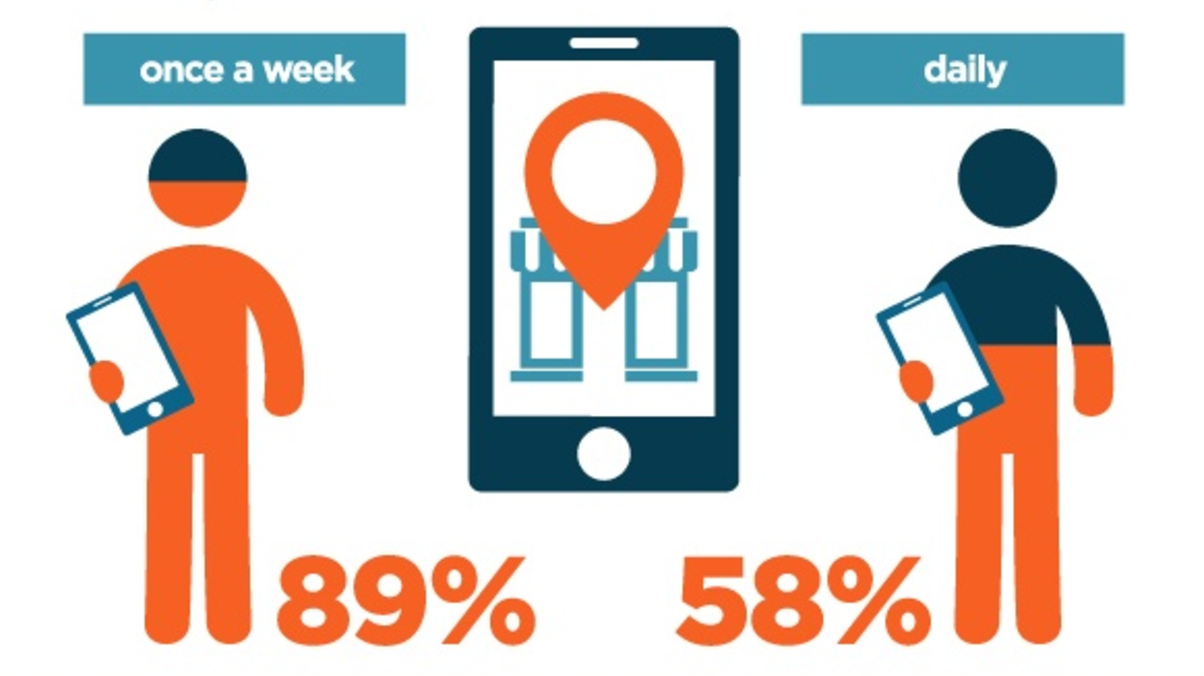
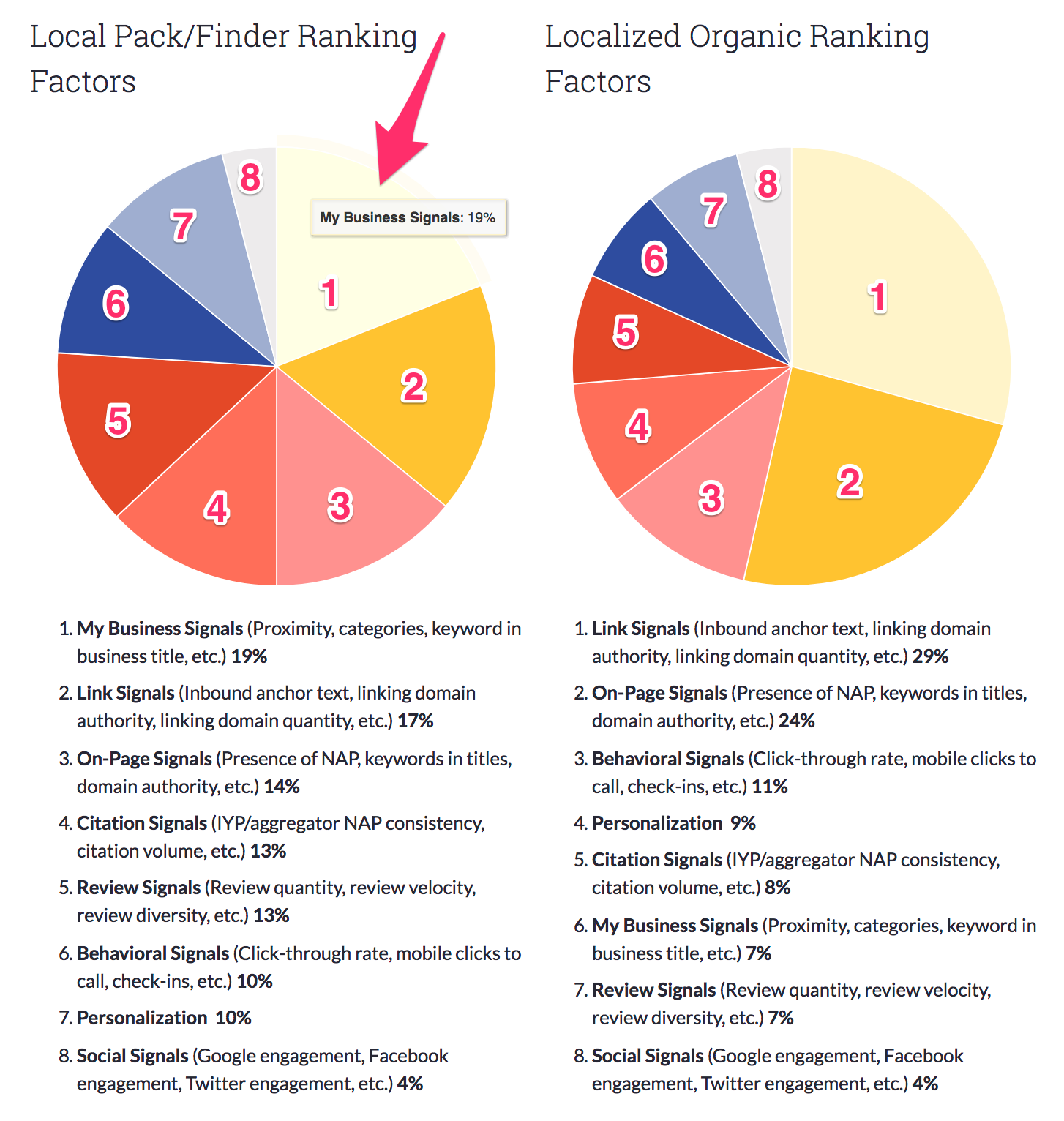
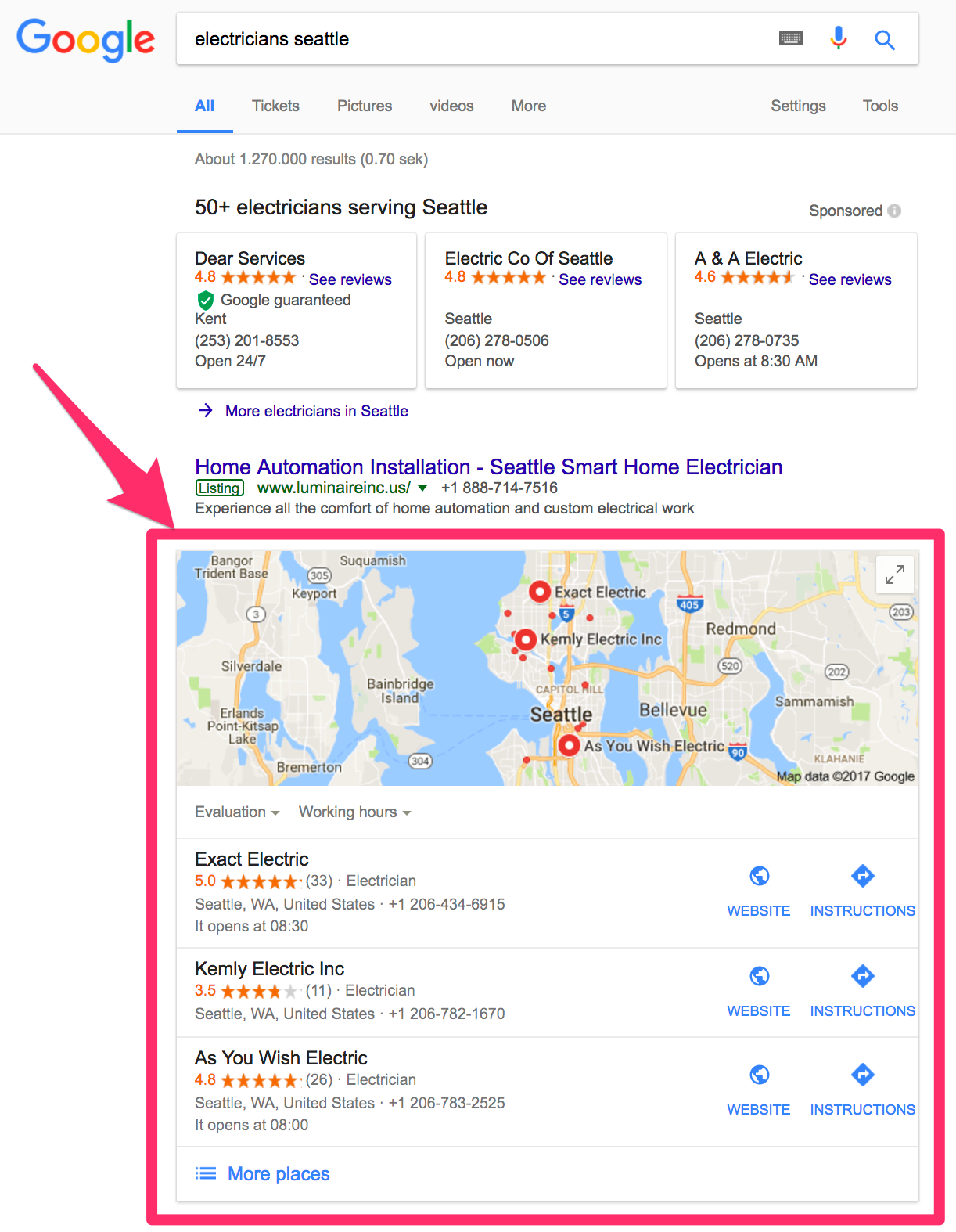

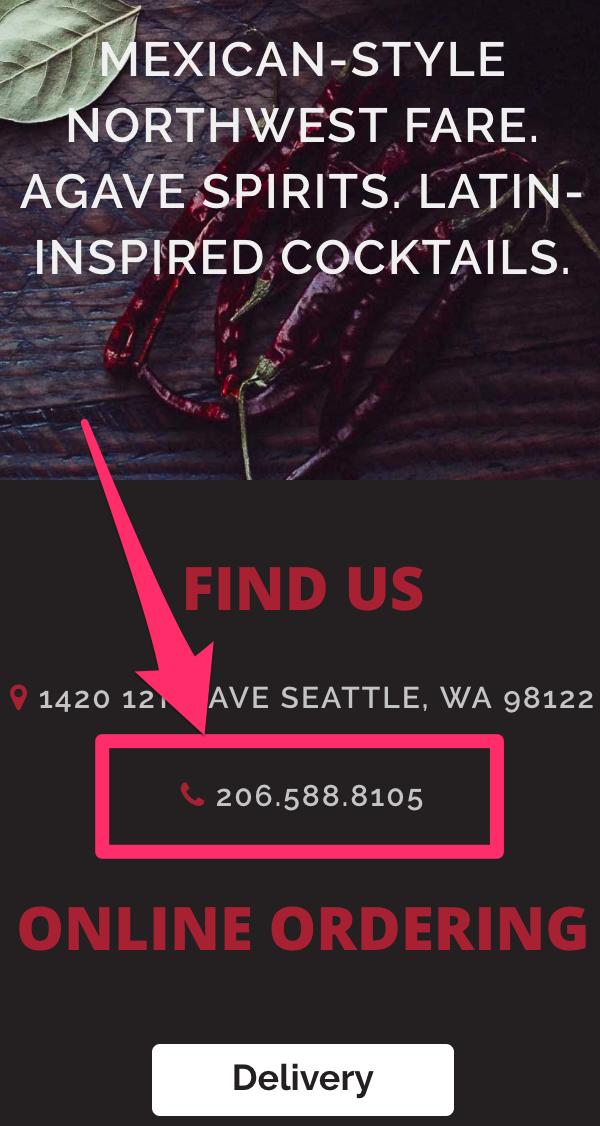

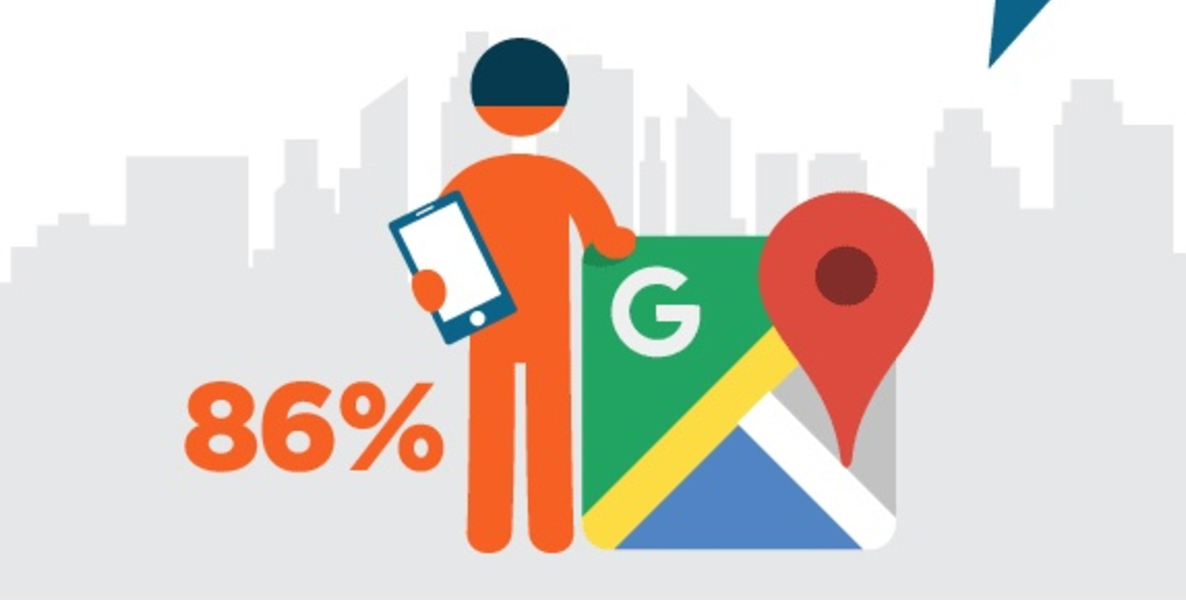

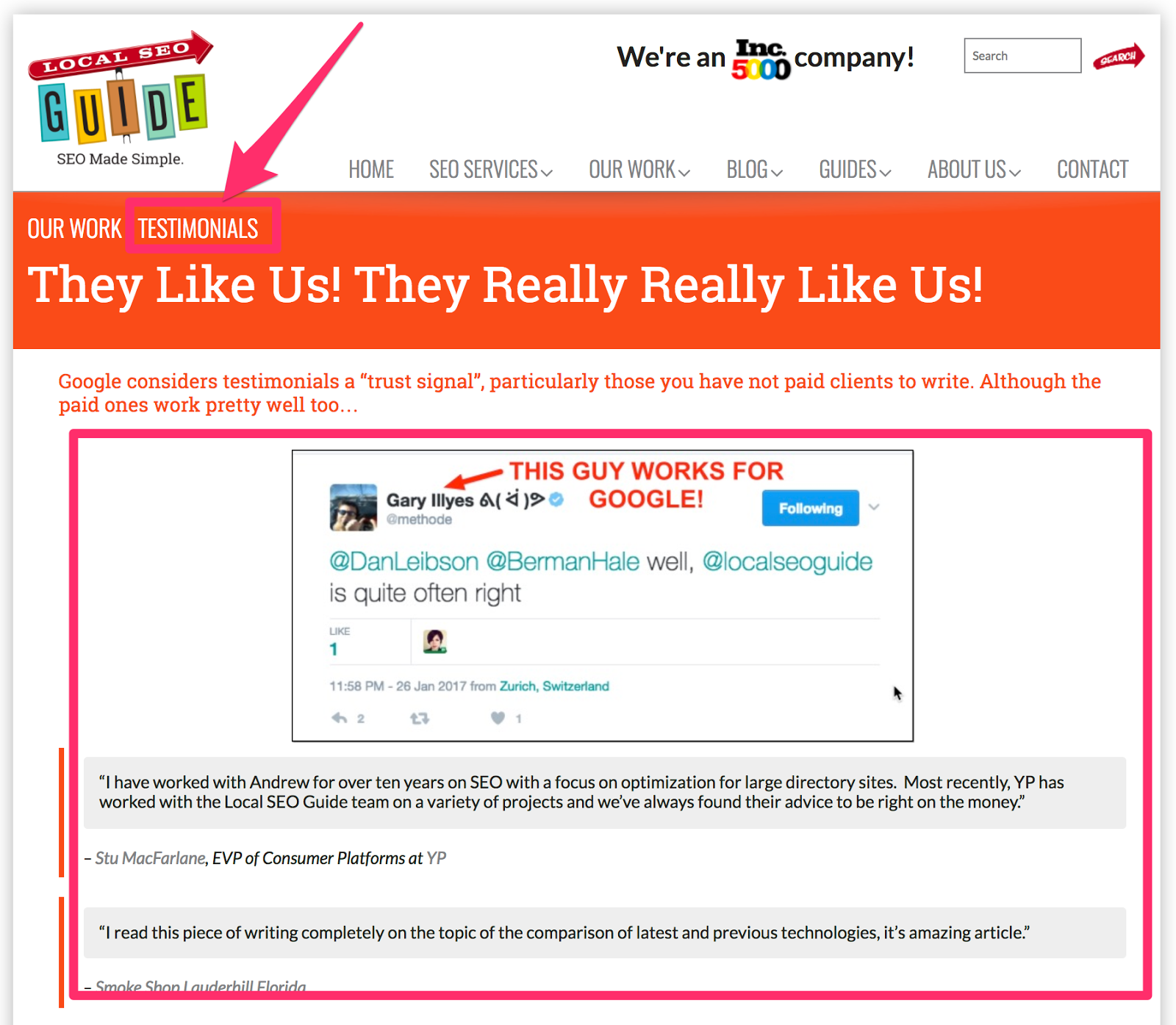
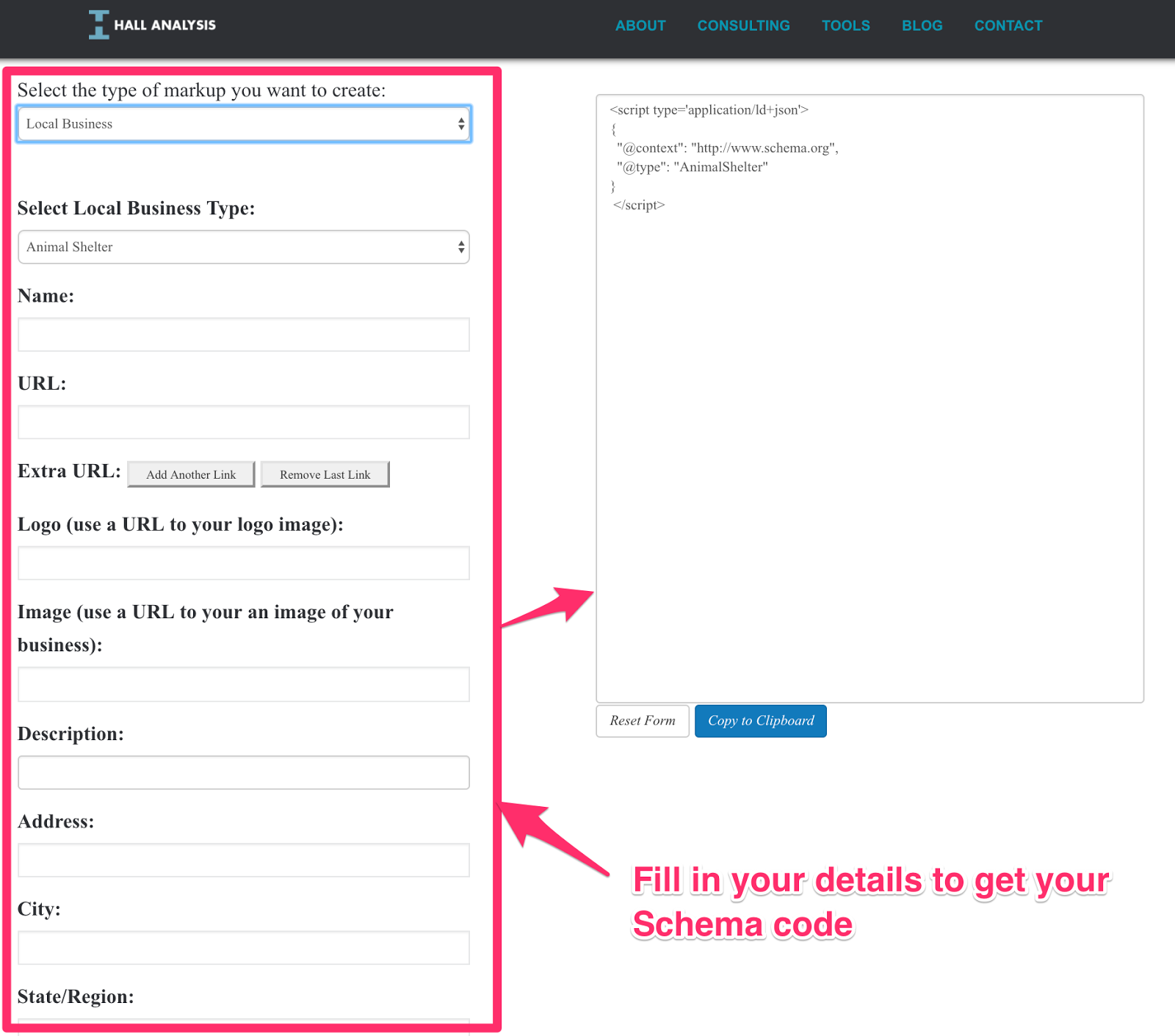
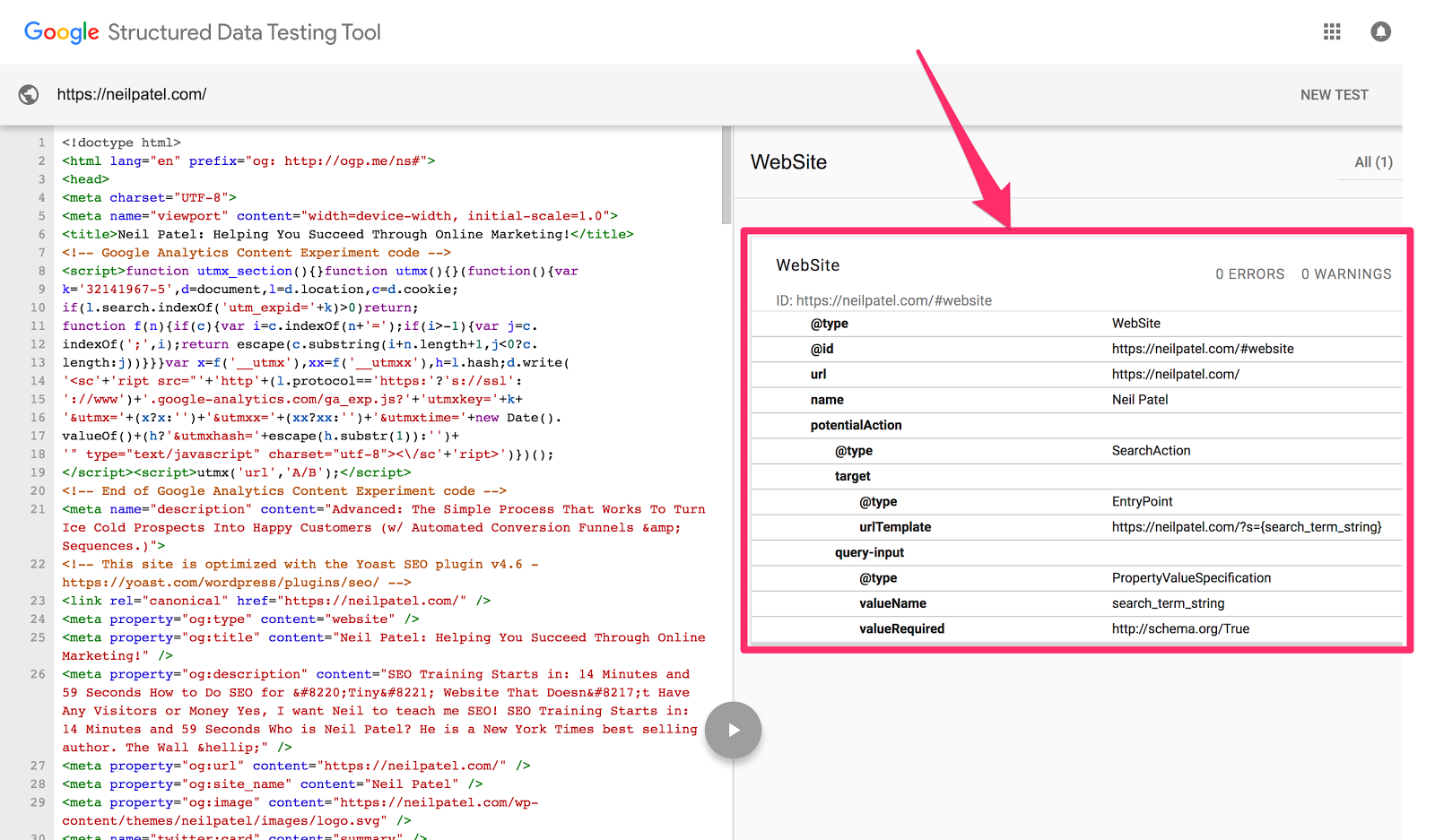
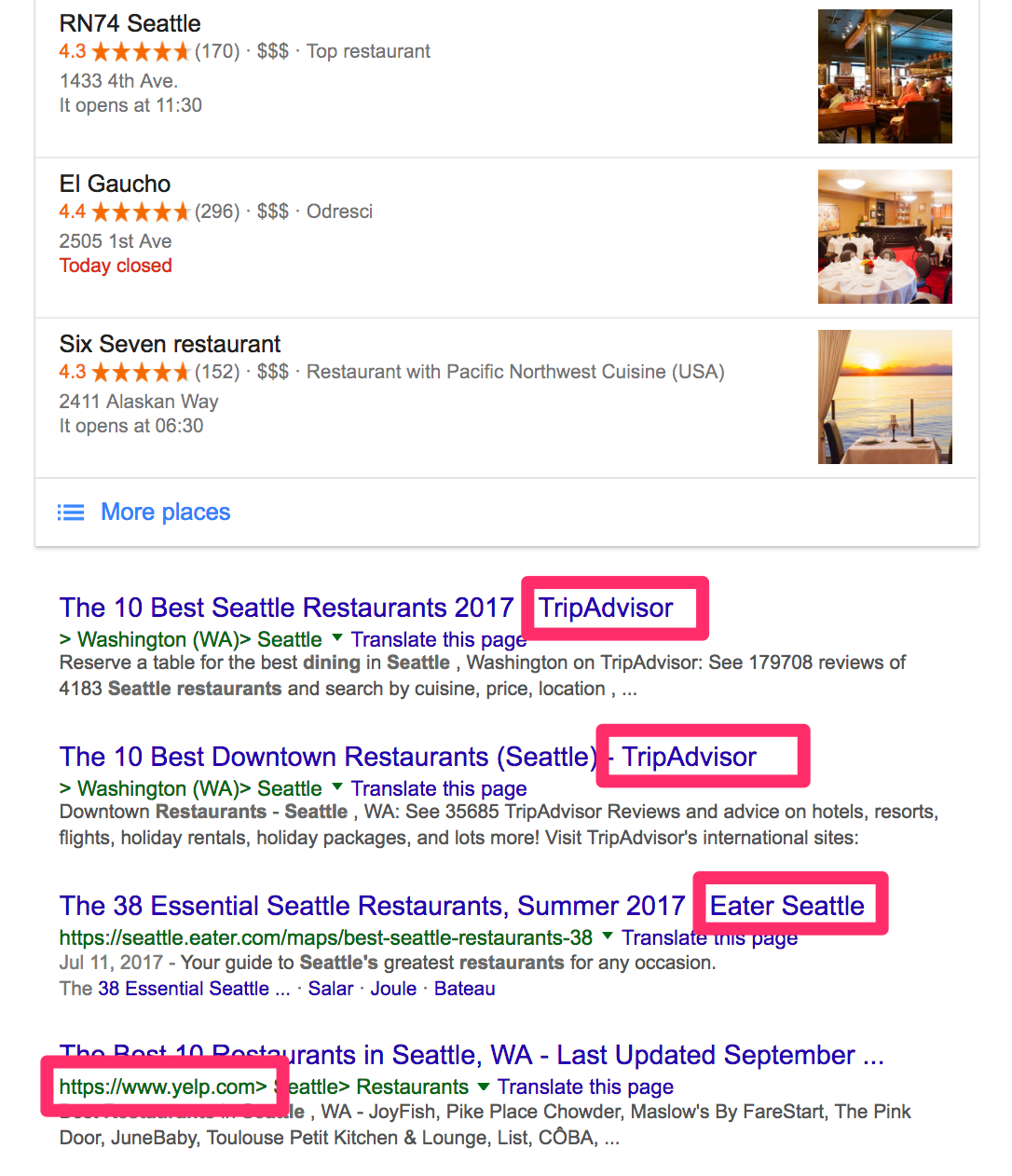
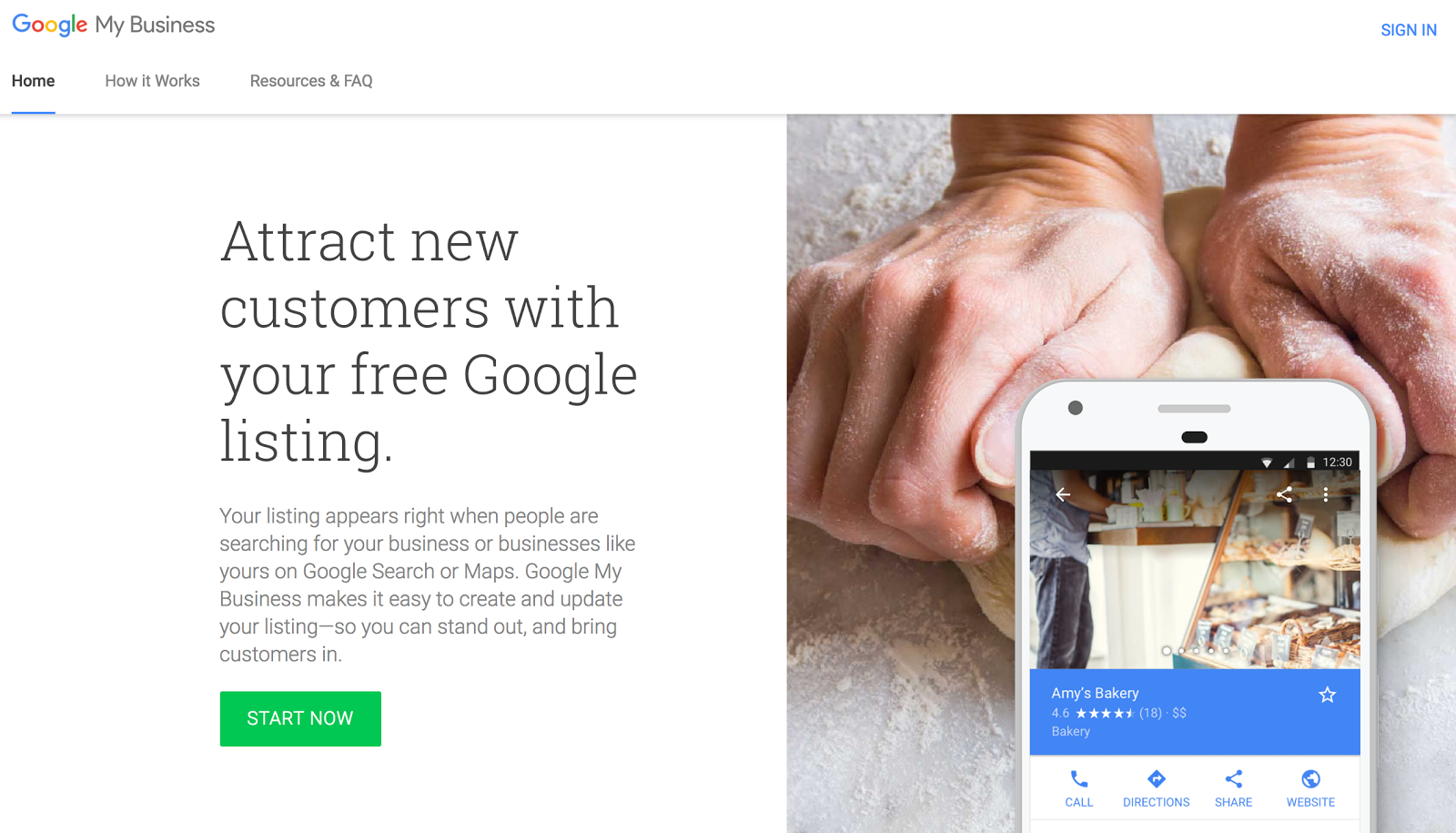
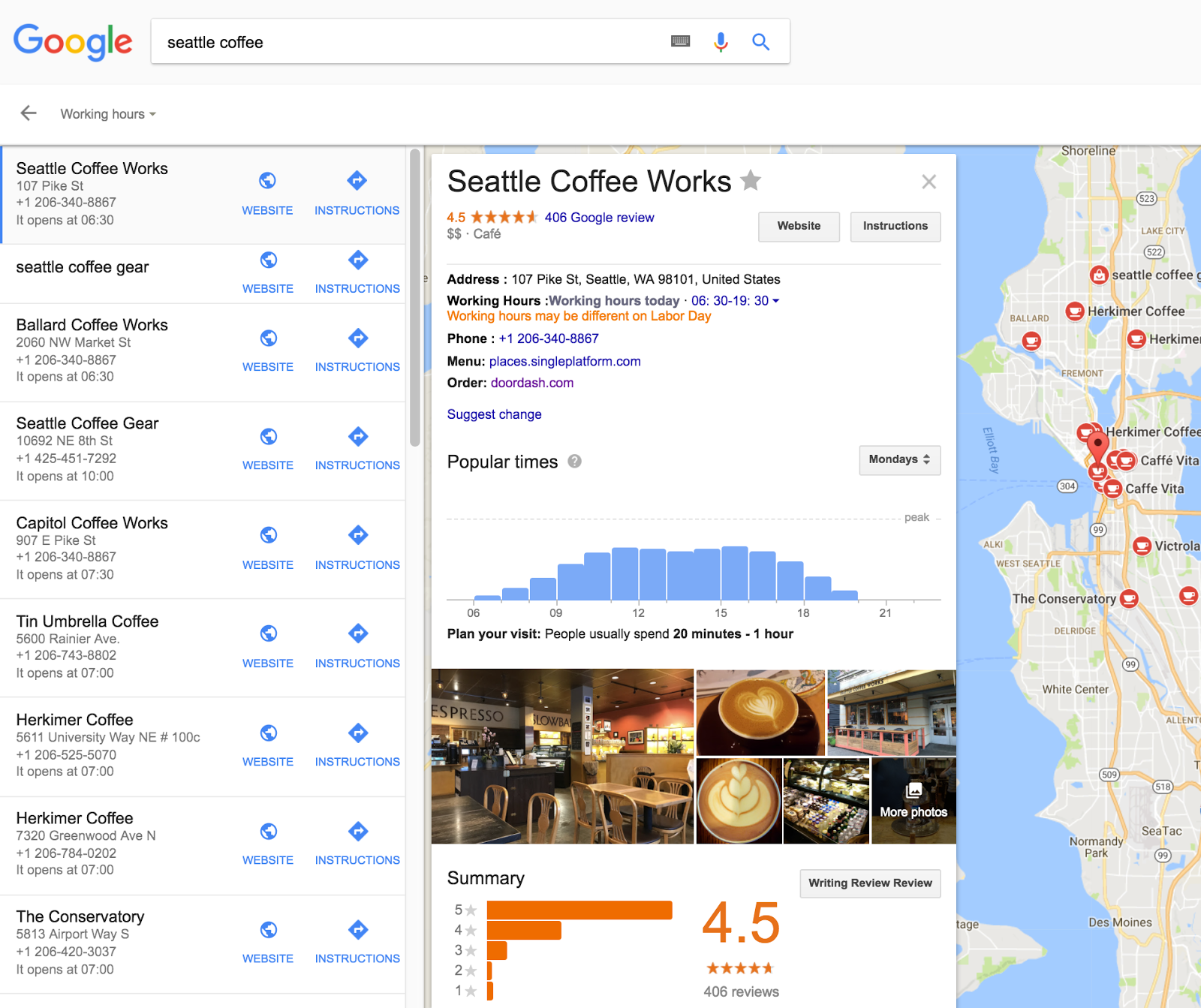
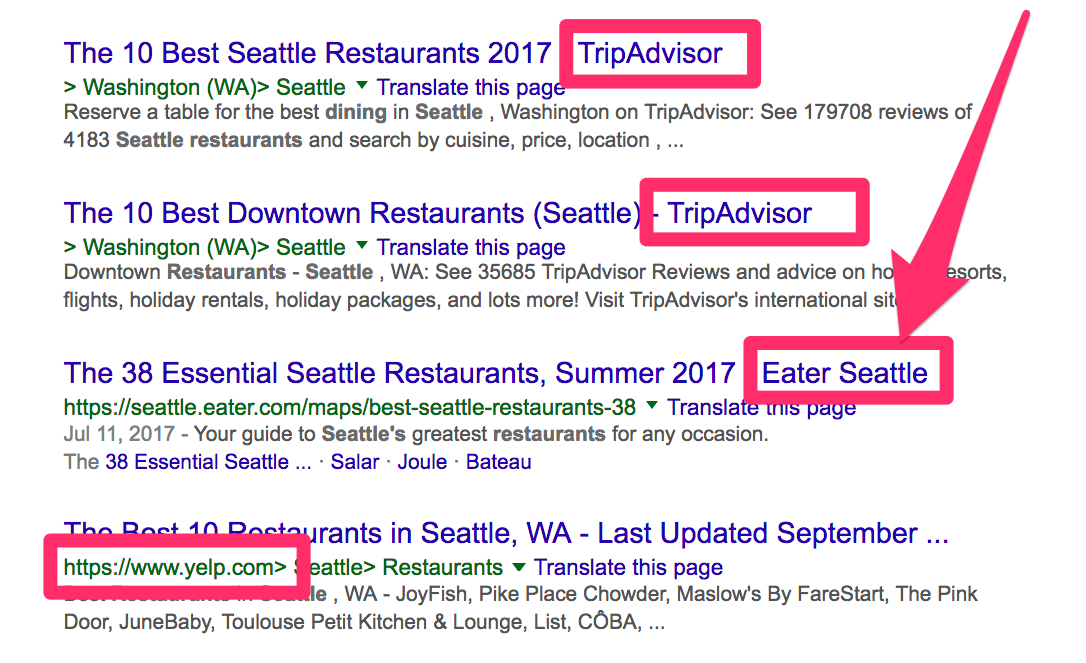

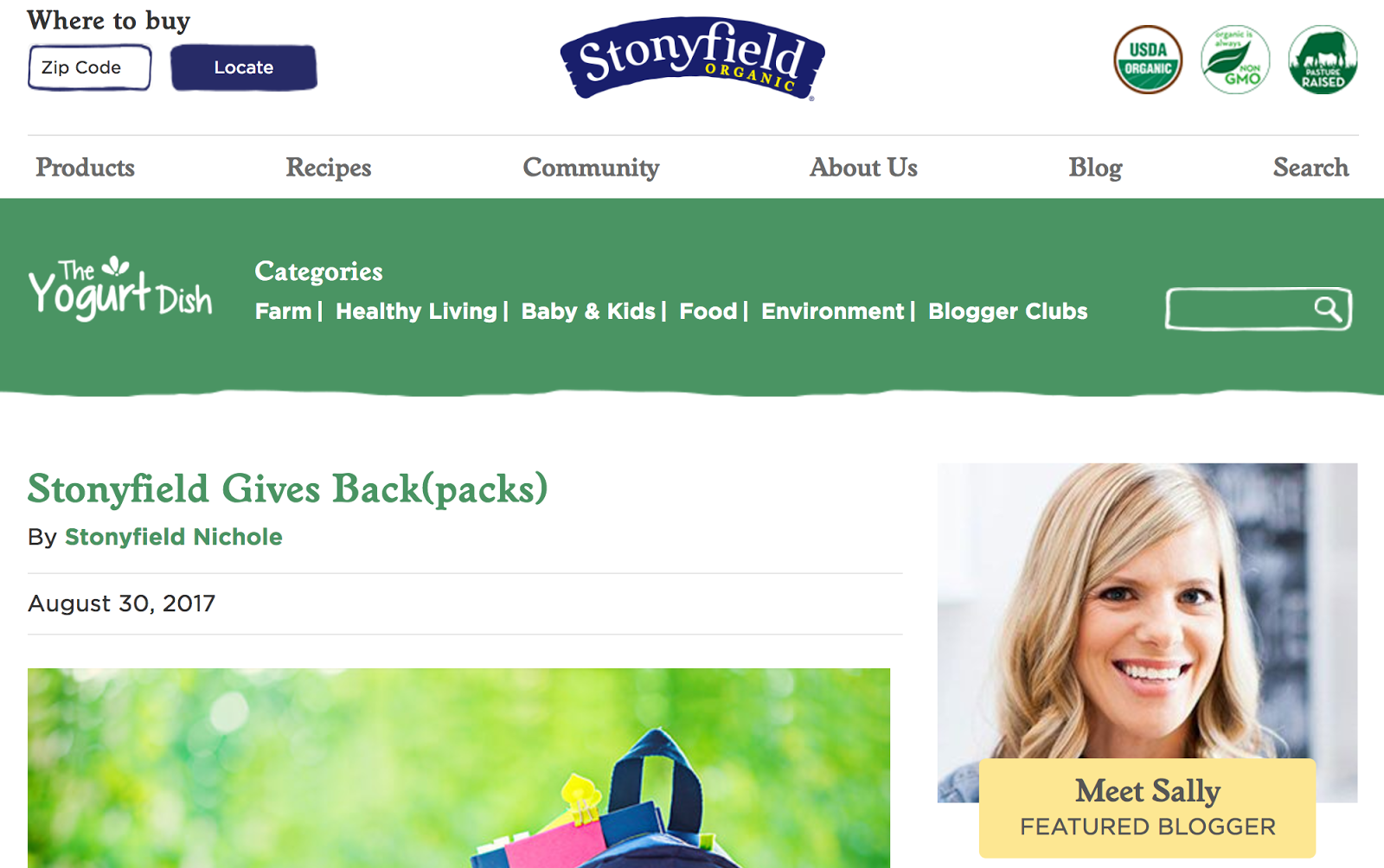

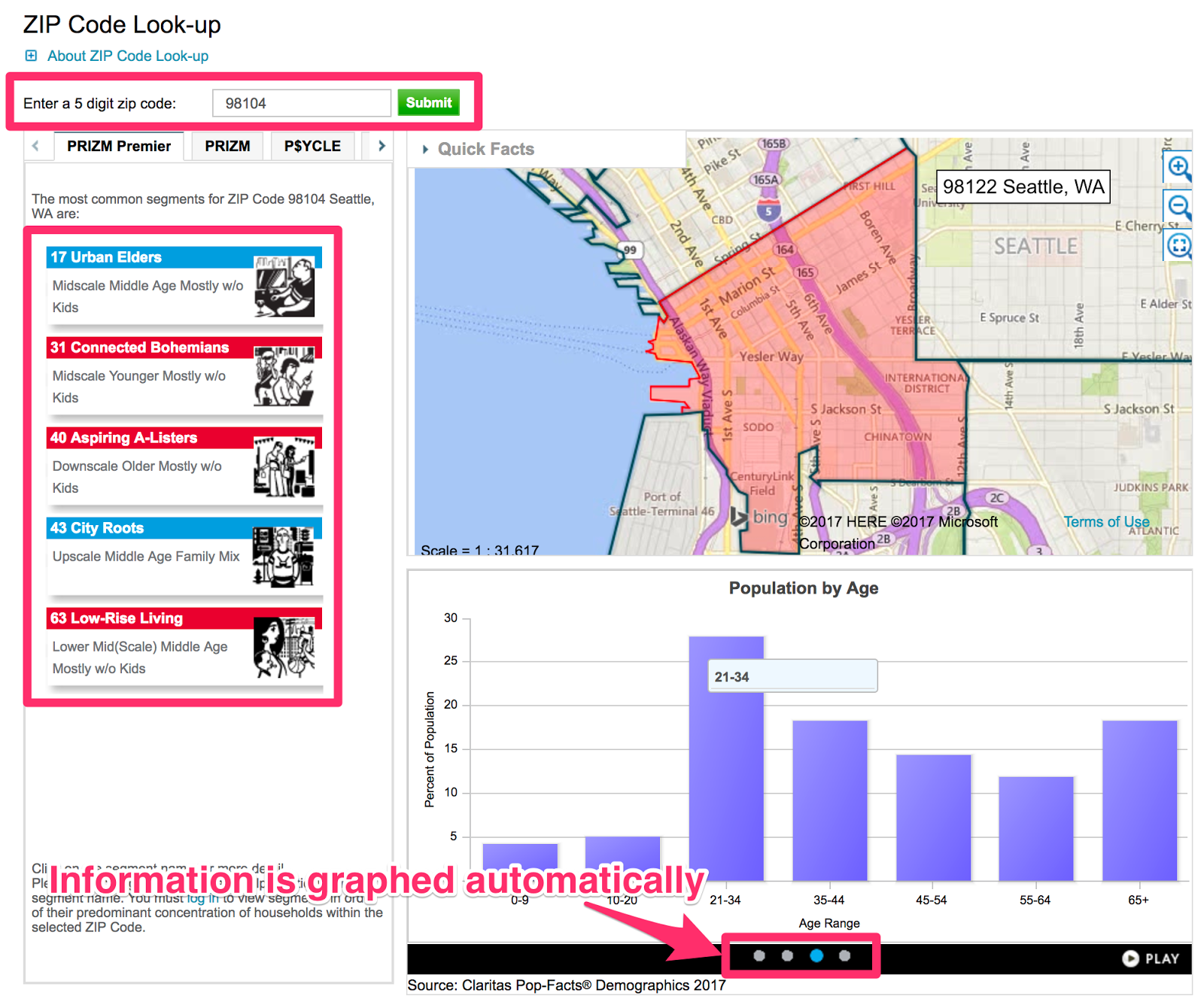

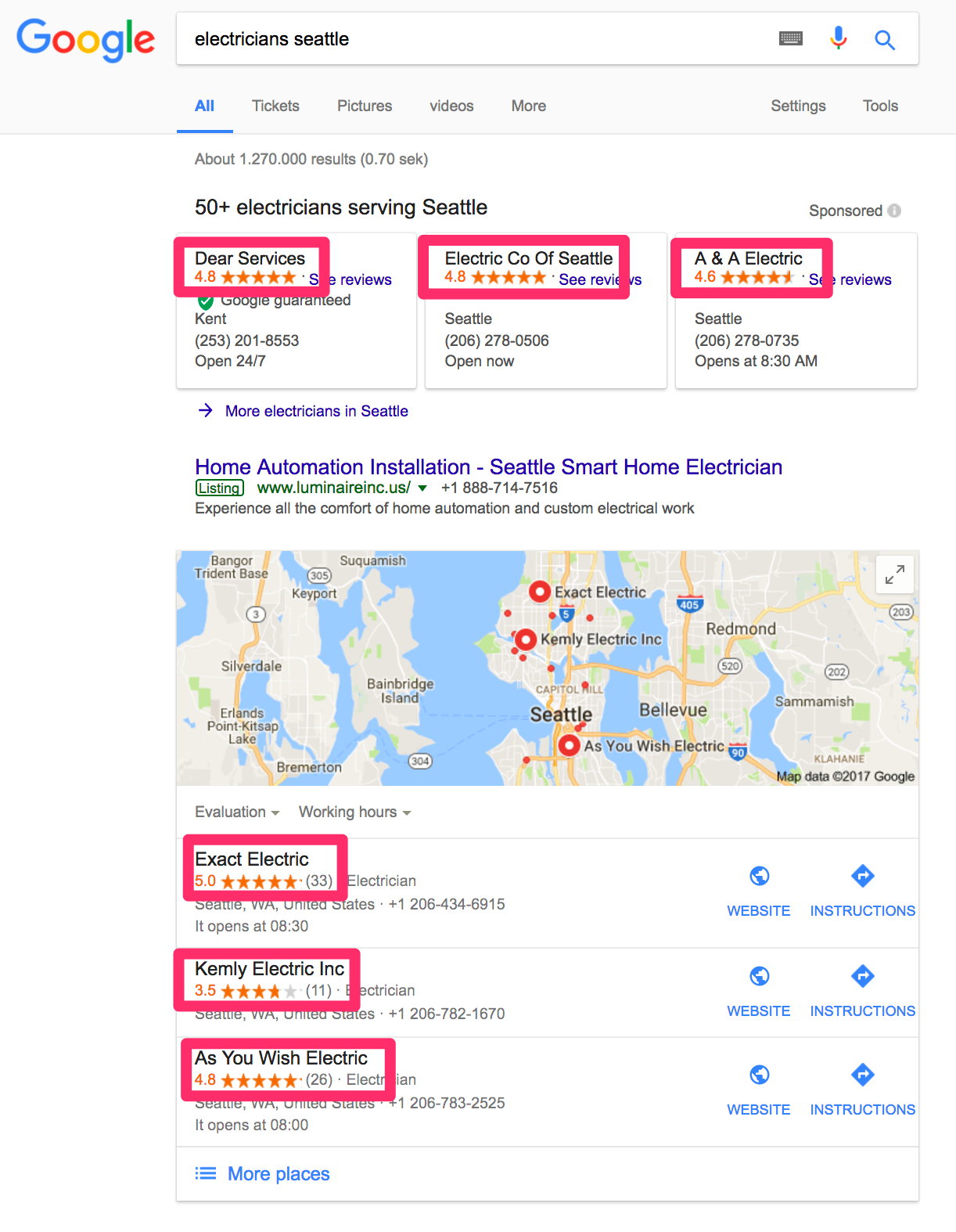

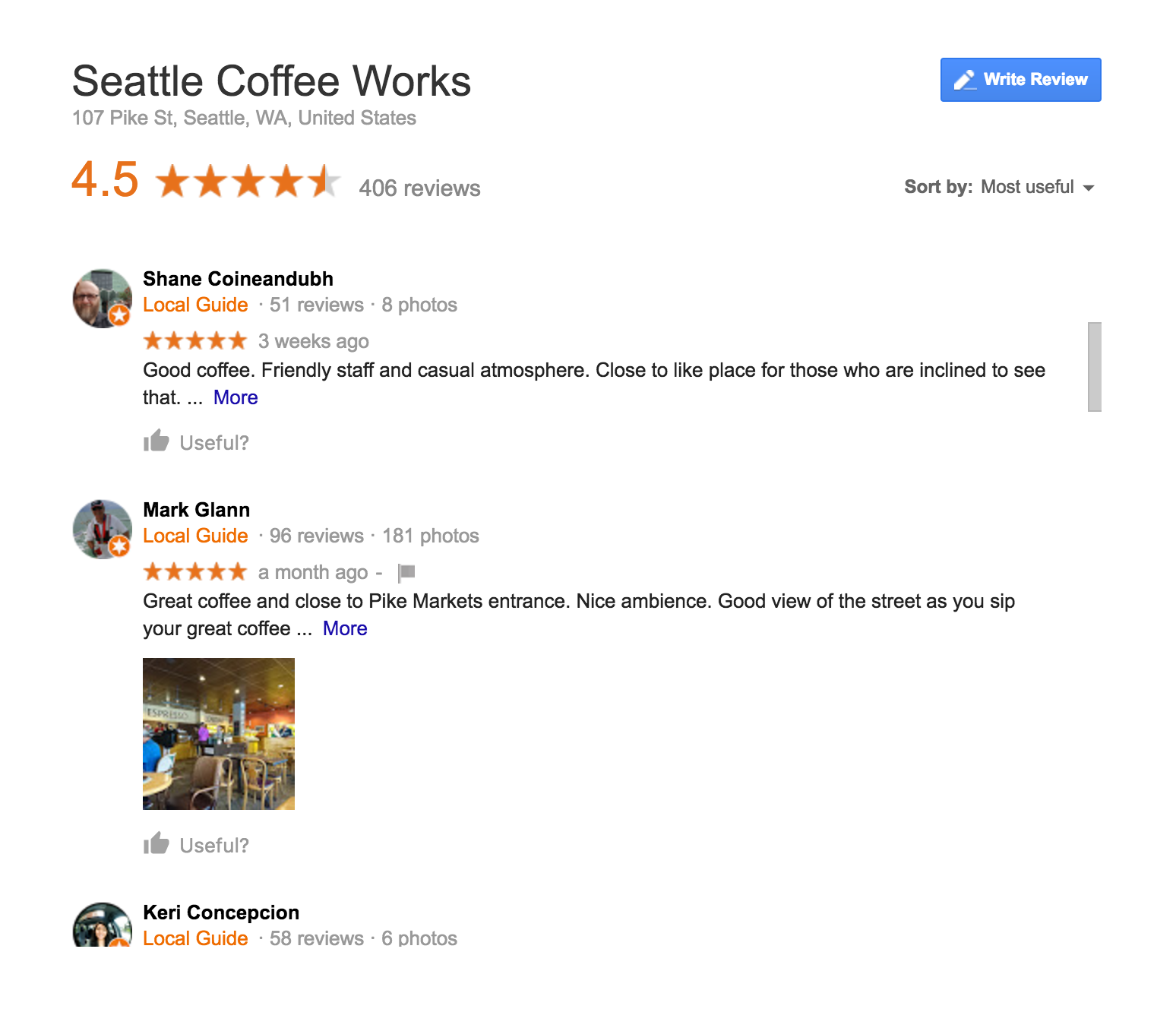
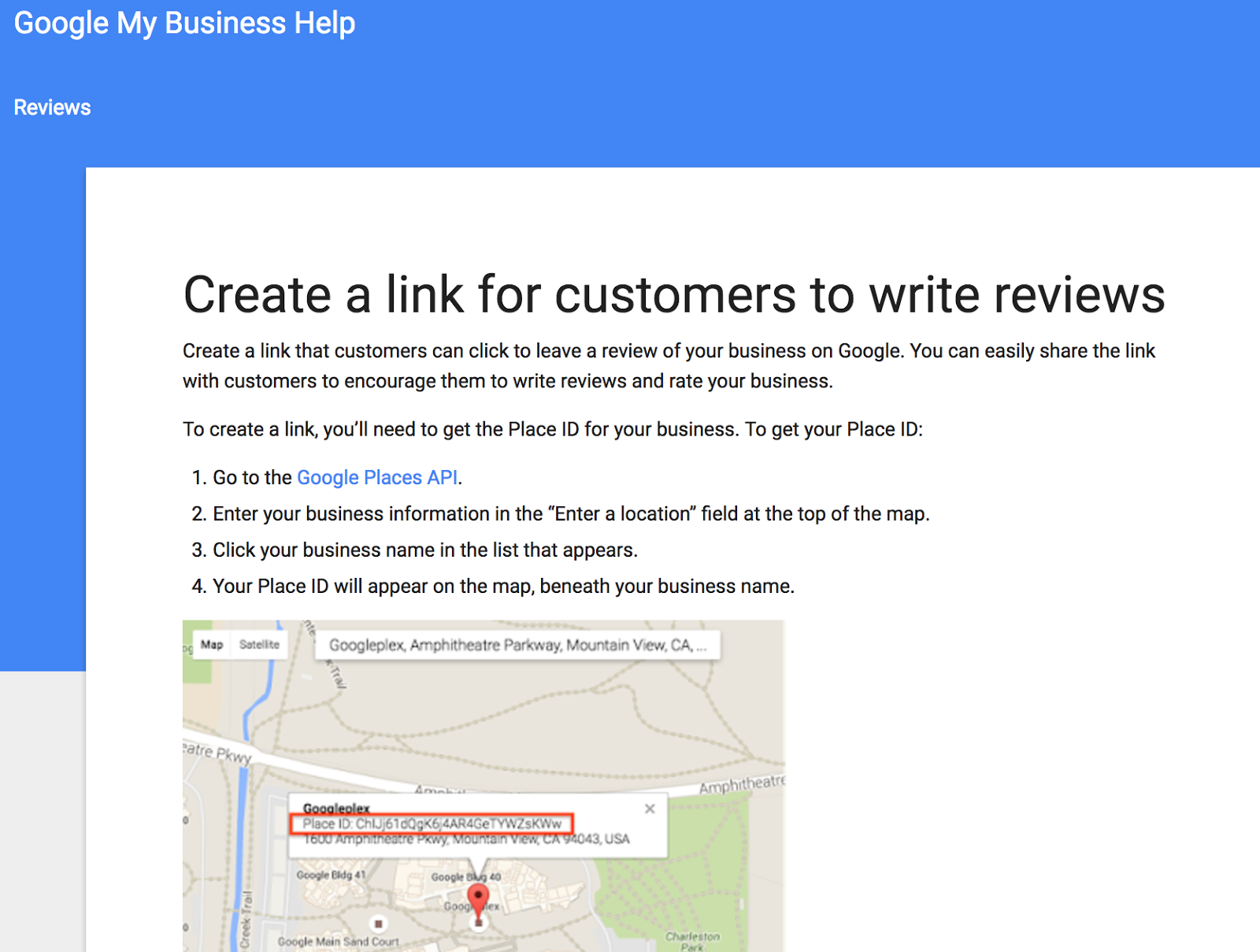

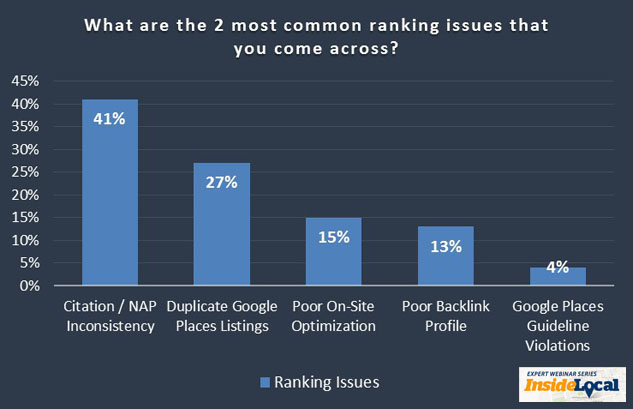
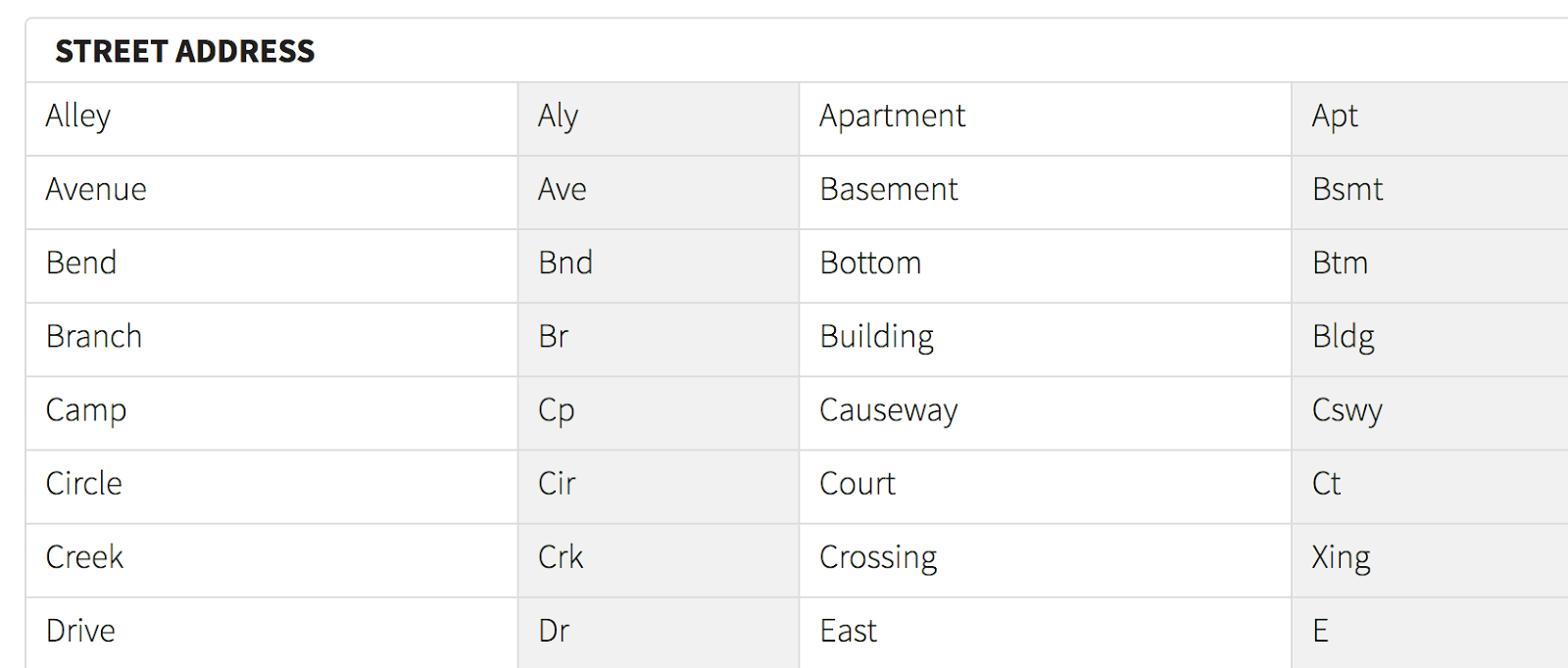
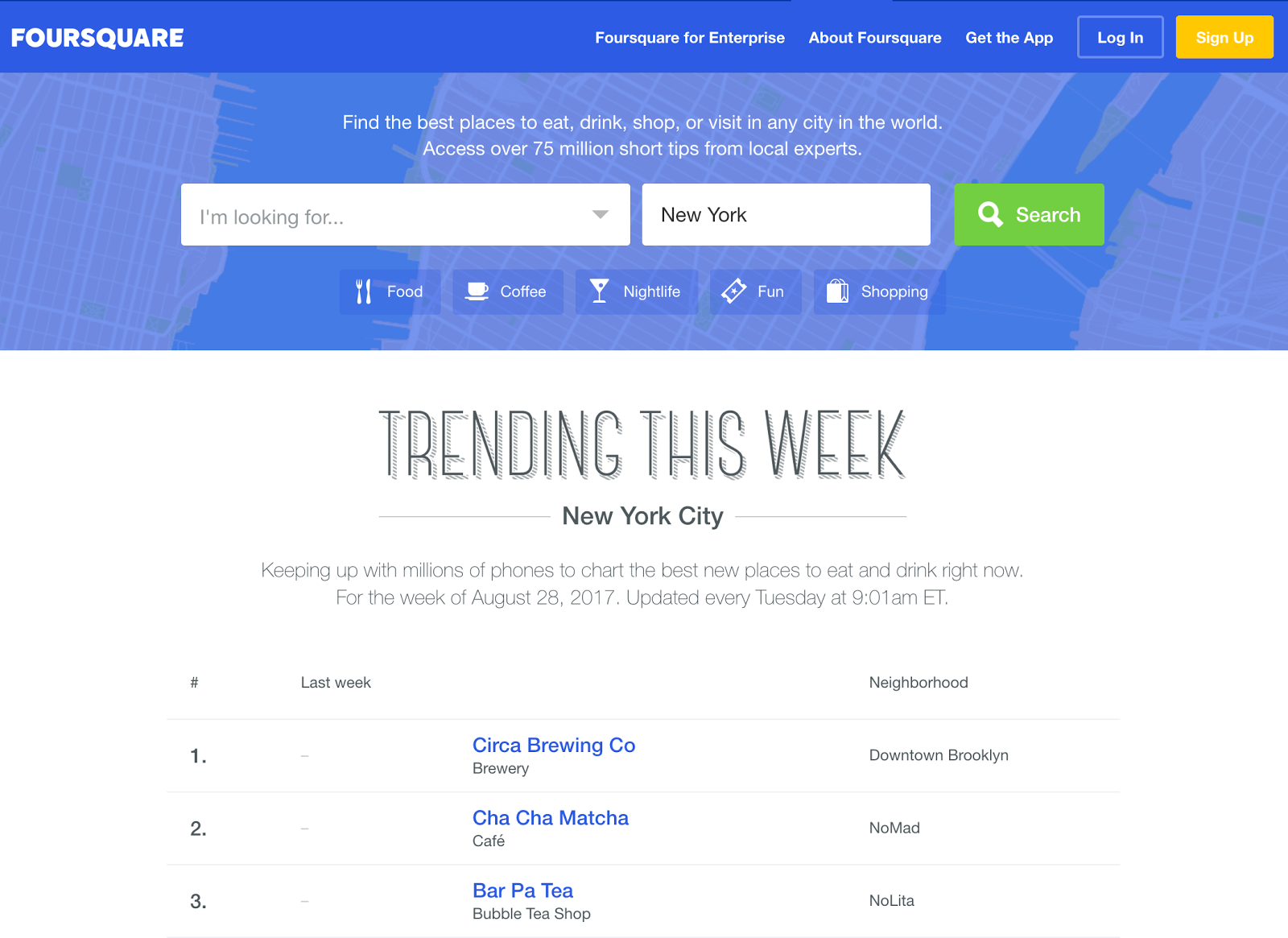

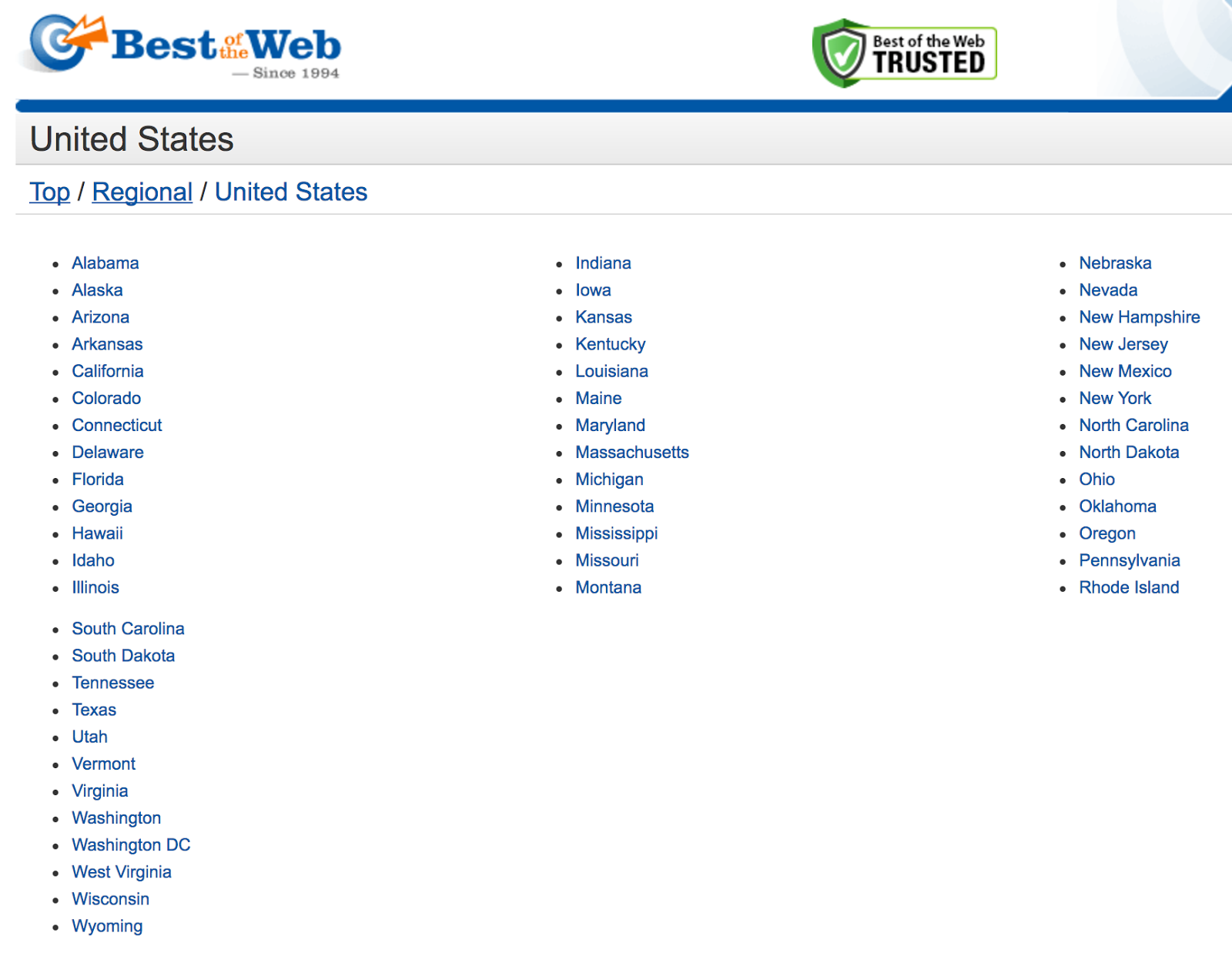
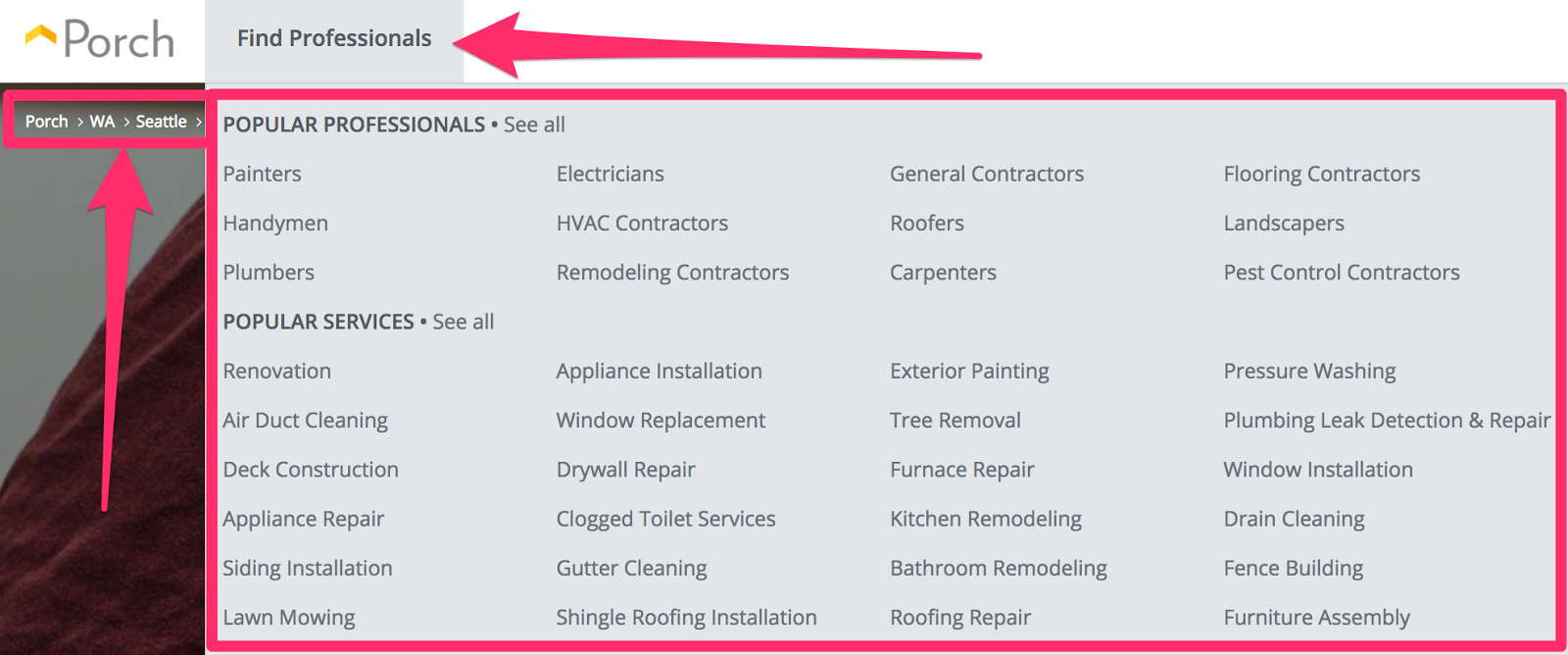
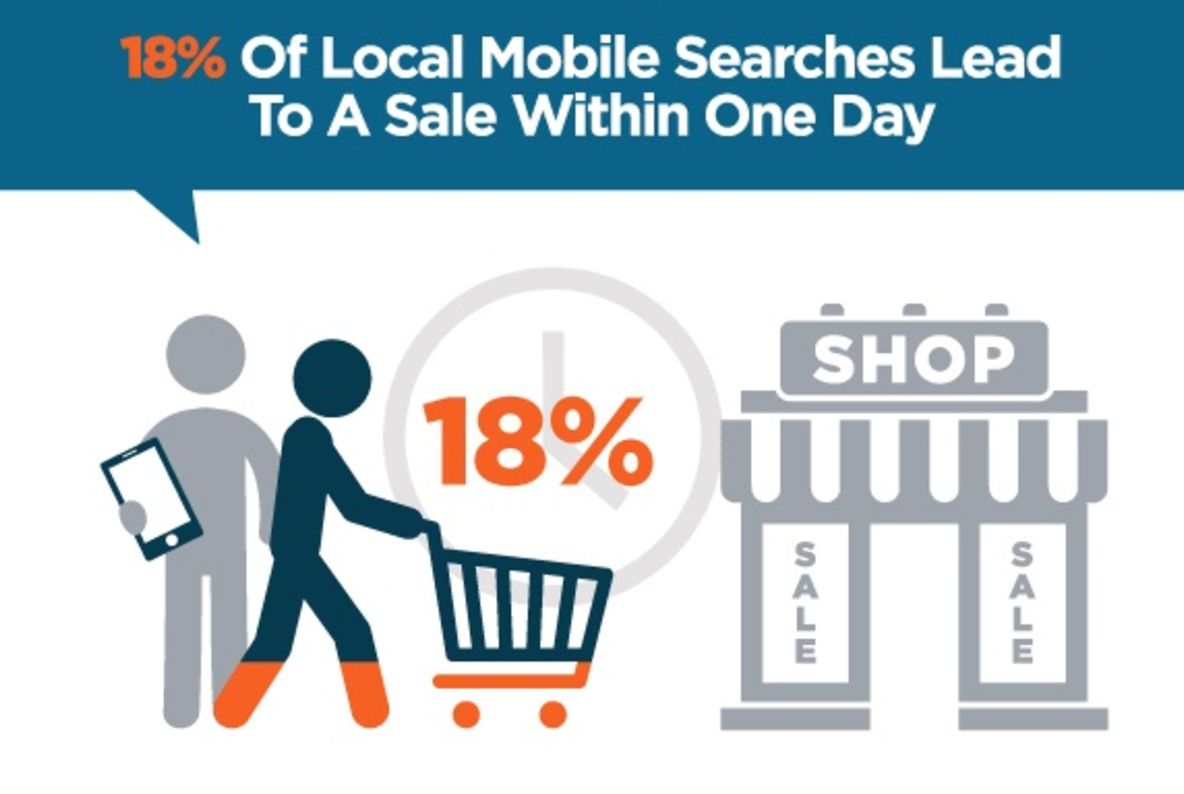
Comments (26)